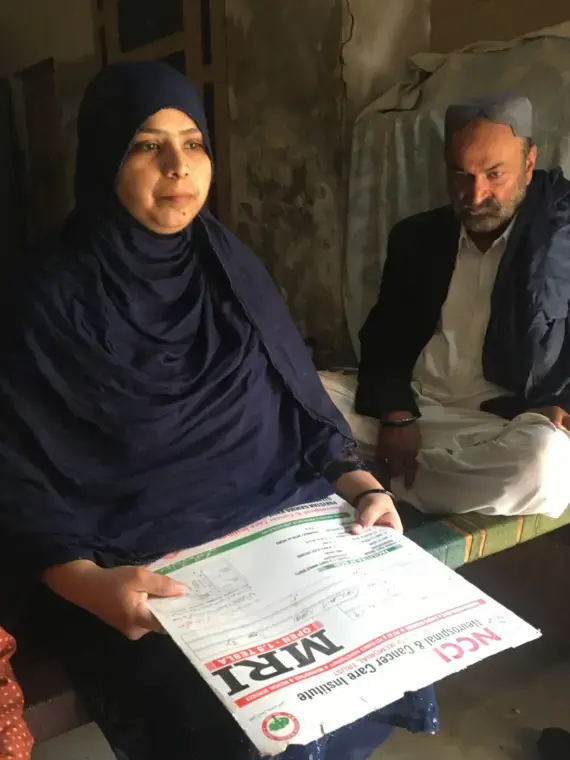In February of 2019, in Ratodero, an impoverished city in Pakistan, a doctor diagnosed a 16-month-old girl with HIV. After finding 20 more cases, he knew that he’d uncovered a horrific outbreak. Now, one year later, only 13 percent of the city’s population has been voluntarily screened for HIV, but 1,250 have already tested positive. These results include 1,000 children, all younger than 13 — a number that stands roughly at 2,000 in the U.S. What’s also astonishing about Pakistan’s crisis is that almost all of these children’s parents are HIV-negative.
While government officials initially tried to implicate one pediatrician, it’s come to light that this is the harrowing story of an entire health system breaking down. The lack of regulation and resources led to this outbreak. Treatment access and public-health response have been stunningly inadequate. Globally, the rate of HIV infection is rising faster in Pakistan than any other country except the Philippines. A health official has characterized the Ratodero outbreak as a “wake-up call for the entire country.”
This project will examine how this devastating outbreak resulted from a government’s neglect of healthcare. Is there any clearer manifestation of this failure — this tragedy — than a city whose children are infected with HIV? It’s a timeless learning lesson for all countries.






